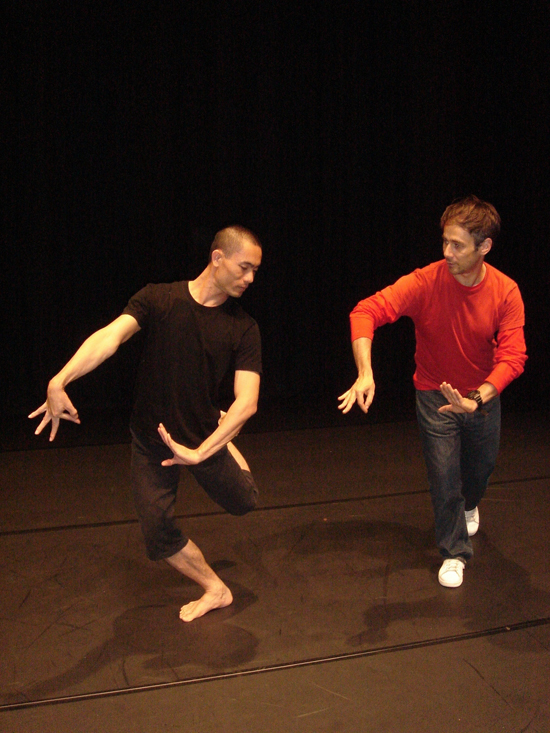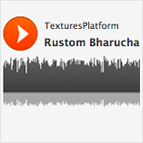
In my paper, I would like to look at dance as an art form within the context of intercultural encounters. Discourses on dance often betray an underlying assumption that dance is universal and can be understood by anyone, everywhere - dance as a global player! But even just a cursory glance at the history and the diversity of forms in different cultures reveals that dance performs culturally specific, regional, and local conceptions of the body, of interaction, and of rhythmic staging. On the one hand, dance performances invite (kinesthetic) identification and an inclusive participation; on the other, they can also induce experiences of difference, exclusion, or transgression. What experience, what specific knowledge is embodied in dance, dance techniques, and choreographic performances? To what extent does this describe a "knowledge of the human being" that can be portrayed only performatively - through body movements, interactions, and space-time-models?

 This essay is based on a paper the author presented during the Symposium Dumb Type – The Birth of New Media Dramaturgy at Freie Universität Berlin in April 2013. It focuses on Lovers (1994) – the first moving-image installation work of Teiji Furuhashi, viewed within the framework of the histories of immersive moving-image projection environments involving human figures in performative movement. Alongside Lovers, it examines a film-projection experiment, The Birth, shown at the Expo ’70 in Osaka involving the work of Tatsumi Hijikata. The final part of this essay extends back to 1893 to look at the originating event for all projections of moving-images within specially-designed, enclosed spatial environments: Eadweard Muybridge’s project to create the first-ever space for the projection of moving-images to public audiences, through the construction of his ‘Zoopraxographical Hall.’
This essay is based on a paper the author presented during the Symposium Dumb Type – The Birth of New Media Dramaturgy at Freie Universität Berlin in April 2013. It focuses on Lovers (1994) – the first moving-image installation work of Teiji Furuhashi, viewed within the framework of the histories of immersive moving-image projection environments involving human figures in performative movement. Alongside Lovers, it examines a film-projection experiment, The Birth, shown at the Expo ’70 in Osaka involving the work of Tatsumi Hijikata. The final part of this essay extends back to 1893 to look at the originating event for all projections of moving-images within specially-designed, enclosed spatial environments: Eadweard Muybridge’s project to create the first-ever space for the projection of moving-images to public audiences, through the construction of his ‘Zoopraxographical Hall.’ 



